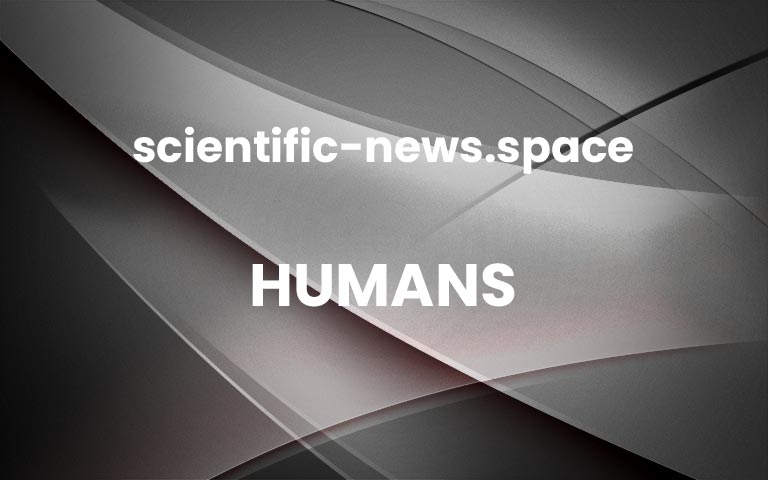White Noise review: Did this adaptation of a postmodern novel succeed?
Noah Baumbach’s version of Don DeLillo’s award-winning novel may reflect the book’s complexity, but ultimately it could well justify fears the book is unfilmable
Humans
9 January 2023
By Gregory Wakeman
A scene from White Noise, showing, from left to right, Greta Gerwig (Babette), May Nivola (Steffie), Adam Driver (Jack), Samuel Nivola (Heinrich) and Raffey Cassidy (Denise)WILSON WEBB / NETFLIX ©2022
White Noise
Noah Baumbach
Netflix, selected cinemas, including UK’s ICA on 5 January
White Noise is brimming with ideas. And why wouldn’t it be? This film is the latest from writer-director Noah Baumbach, who created The Squid and The Whale and Marriage Story, smart, painful satires chronicling the breakdown of relationships.
Baumbach adapted White Noise from the eponymous book (which won author Don … More


